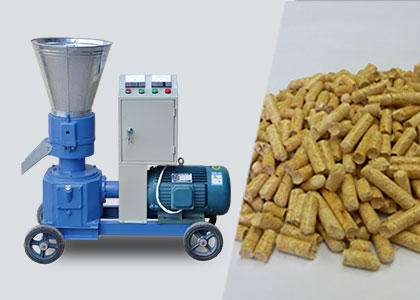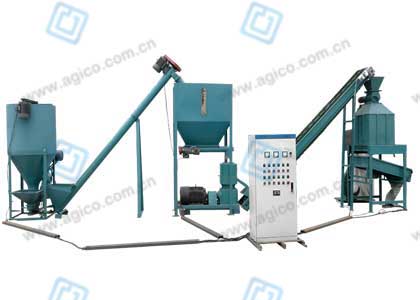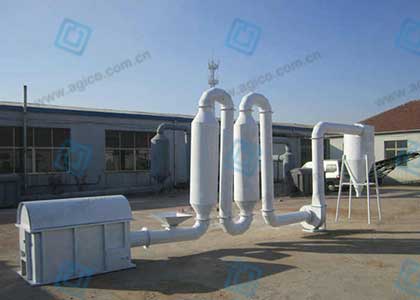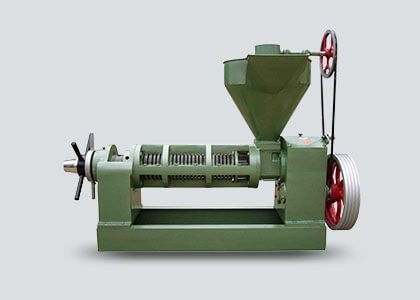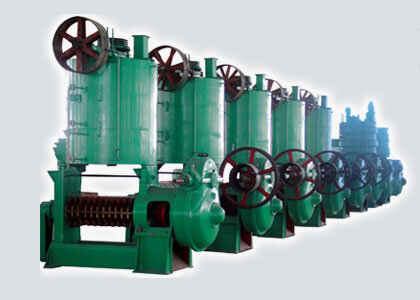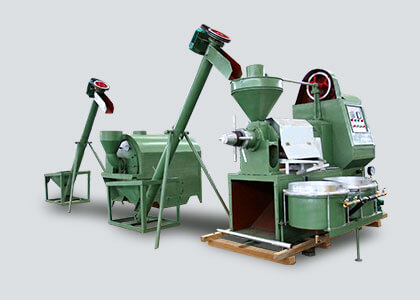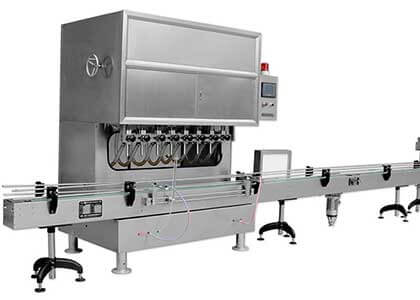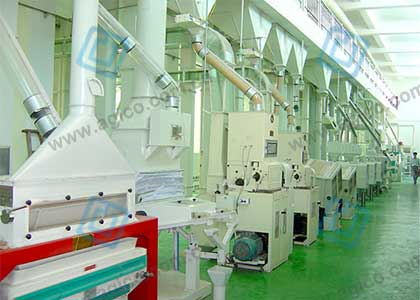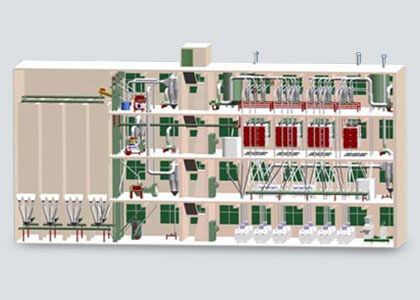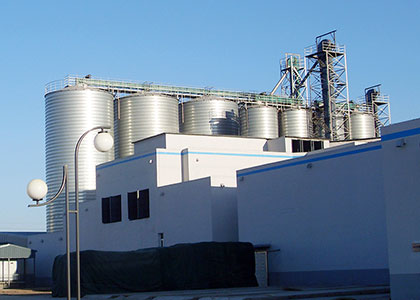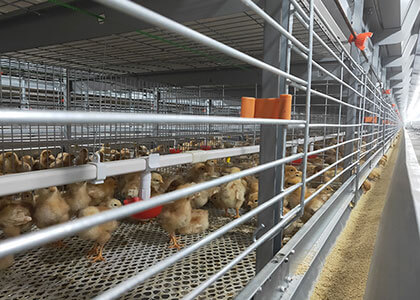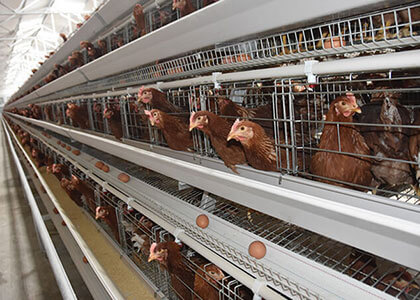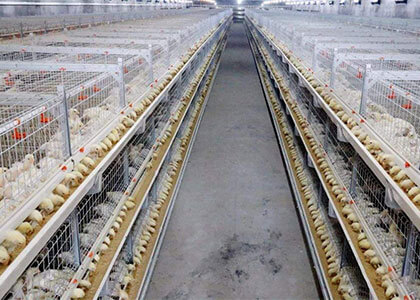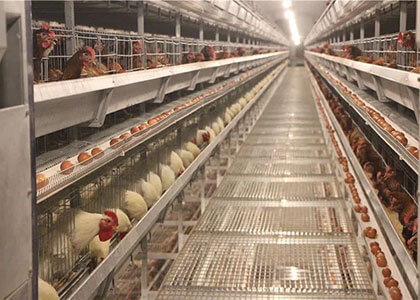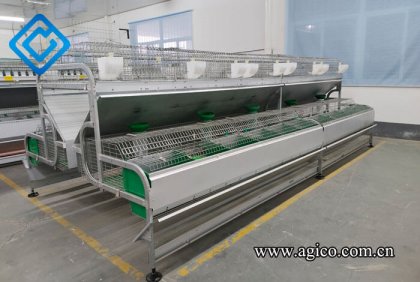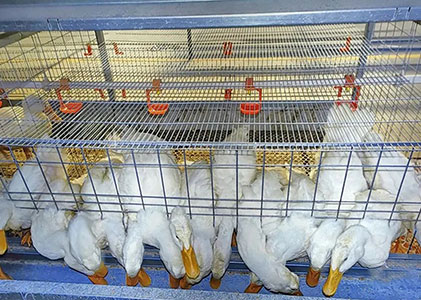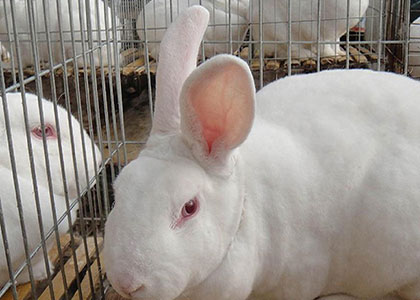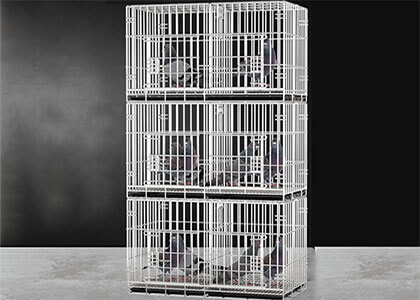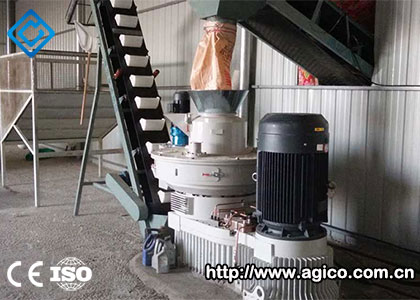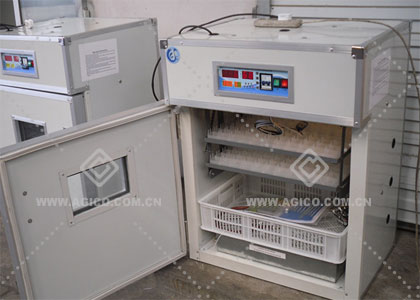How to Customize Electric Egg Incubator Settings for Different Types of Eggs - Quail, Duck, or Goose Eggs
In modern poultry farms, electric egg incubators have ended up irreplaceable apparatuses that not as it were rearrange the bring-forth handle but too altogether increment bring forth victory rates. In particular, the application of automatic temperature control, humidity adjustment and automatic egg turning has made electric incubators widely used in farms of different scales. Be that as it may, in spite of their capable usefulness, diverse sorts of eggs have particular necessities for temperature, mugginess, and turning recurrence amid hatching. In this manner, it's significant to customize the hatchery settings based on the sort of eggs to guarantee an ideal outcome comes about.
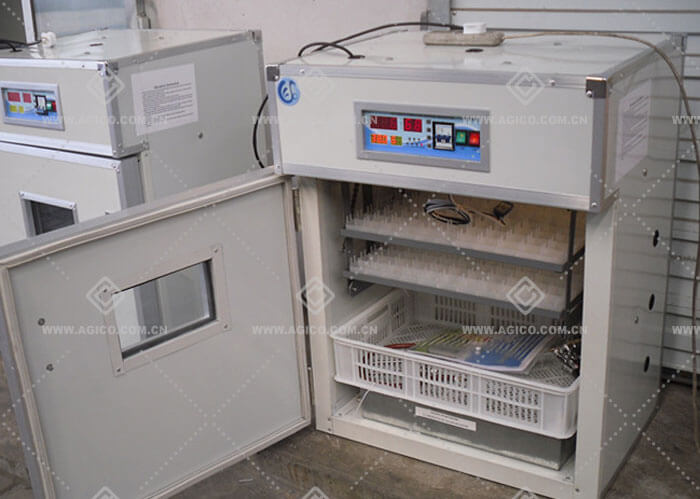
It is pivotal to alter the hatching conditions for particular egg assortments, especially when working with quail, duck, and goose eggs. These eggs differ significantly in size, incubation periods, and environmental needs for embryo development. Incorrectly altering the incubator's conditions can result in lower yields or destitute bring forth victory.
This instructional exercise will give you imperative recommendations on how to best alter the settings on your electric egg incubator to suit the specific needs of duck, geese, and quail eggs, empowering you to bring forth victory rates and boost generation effectiveness.
Differences in Incubating Quail, Duck, and Goose Eggs
Understanding the differences in size, eggshell thickness, incubation periods, as well as humidity and temperature requirements among various types of eggs is crucial for successful incubation. Adjusting the settings according to these differences can significantly enhance hatching success rates.
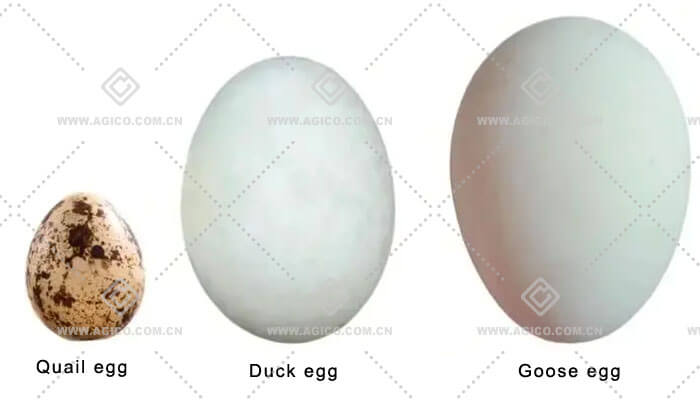
Egg size and eggshell thickness
Quail eggs are characterised with the aid of using their small length and comparatively skinny shells. Due to their small length, those eggs are extra touchy to fluctuations in temperature and humidity, requiring extra specific manage with the aid of using the incubator. In contrast, duck and goose eggs are large and feature thicker shells, mainly goose eggs, which regularly have very tough shells. While this thicker shell offers higher protection, it additionally manner that in incubation, those eggs require longer heating instances to make sure that the embryos interior get hold of good enough warmth.
Incubation period
Quail eggs have a exceptionally brief incubation duration, generally round 17 days, making the hatching technique faster and extra efficient. In comparison, duck eggs have an incubation duration of approximately 28 days, whilst goose eggs take even longer, commonly among 30 and 35 days. These variations in incubation durations suggest that once incubating specific forms of eggs withinside the equal incubator, specific control of the incubation time is essential to make sure that every form of egg hatches on the superior time.
Humidity and temperature requirements
Different forms of eggs additionally have various temperature and humidity requirements. Quail eggs commonly require the temperature to be maintained round 37.5°C, with humidity ranges among 45% and 55%. On the alternative hand, because of their large length and longer incubation duration, duck and goose eggs want a barely specific environment. The superior incubation temperature for duck eggs is generally 37.2°C, with humidity round 55% to 65%. Goose eggs, with their thicker shells, require better humidity, commonly among 60% and 70%, whilst the temperature desires to be maintained among 37.0°C and 37.3°C.
The control of these temperature and humidity levels directly affects the development of the embryos. Excessively high or low temperature and humidity can lead to embryo death or reduced hatching rates. Therefore, when incubating different types of eggs, ensuring that the settings of the electric egg incubator meet these specific requirements is a critical factor for successful hatching.
Customized Electric Incubator for Hatching Quail Eggs
The success rate of incubating quail eggs largely depends on the precise control of the incubator's temperature, humidity, and egg-turning frequency. Due to the small size and short incubation period of quail eggs, special attention must be paid to adjusting these key parameters during the incubation process.
Temperature settings
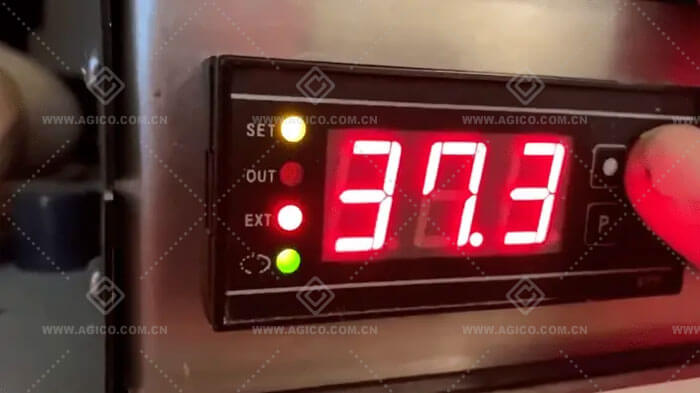
Precise temperature management is vital while incubating quail eggs. It is usually recommended to set the incubator`s temperature at about 37.5°C (99.5°F). This temperature is appropriate for maximum quail eggs and efficaciously helps the everyday improvement of the embryos.
Humidity levels
Humidity is one of the crucial elements affecting the incubation of quail eggs. During incubation, it's miles cautioned to preserve the incubator's humidity between 45% and 50%. This humidity stage enables to manage the moisture loss inside the eggshell, making sure the embryo develops in the most effective environment. In the very last few days of incubation (the lockdown period), it's miles advocated to grow the humidity to 65% to 70%. Higher humidity softens the eggshell, assisting the chicks in efficiently hatching, and additionally prevents immoderate dryness inside the eggshell, thereby increasing the embryo's survival rate.
Egg-turning frequency
The frequency and approach of egg-turning are similarly crucial inside the quail egg incubation process. Given the small length and comparatively fragile shells of quail eggs, it's miles advocated to show the eggs three to five instances in keeping with day.
In addition to the perfect adjustment of temperature, humidity, and egg-turning frequency in current incubators for quail eggs, AGICO gives a specialized quail egg incubator mainly designed for this purpose. By shopping for a committed quail egg incubator, customers can incubate quail eggs with no need to make complicated adjustments, saving each time and effort.
| Scale | Small Scale | Medium Scale | Medium Scale | |||||||||||||||||||||||||||
|---|---|---|---|---|---|---|---|---|---|---|---|---|---|---|---|---|---|---|---|---|---|---|---|---|---|---|---|---|---|---|
| Capacity(Pcs per set) | 221 | 442 | 663 | 884 | 1105 | 1326 | 2210 | 2652 | 3094 | 3536 | 3978 | 4641 | 5304 | 5967 | 6630 | 7072 | 7956 | 8840 | 9724 | 10608 | 11492 | 13260 | 15912 | 21216 | 24752 | 31824 | 37128 | 42432 | 49504 | 56576 |
| Electric heating power(W) | 700 | 700 | 700 | 700 | 700 | 700 | 1000 | 1000 | 1000 | 1000 | 1000 | 1000 | 1600 | 1600 | 1600 | 1600 | 1600 | 1600 | 2000 | 2000 | 2000 | 2000 | 2000 | 3200 | 3200 | 4800 | 4800 | 6400 | 6400 | 6400 |
Customized Electric Incubator for Hatching Duck Eggs
The incubation of duck eggs differs from that of quail eggs, particularly in terms of temperature, humidity, and egg-turning frequency. Due to the larger size and thicker shell of duck eggs, more precise incubation conditions are required to ensure the healthy development of the embryos.
Temperature settings
When incubating duck eggs, it's miles encouraged to set the incubator temperature at about 37.2°C (99°F), which is barely a decrease from the temperature used for quail eggs. The large length and thicker shell of duck eggs require the incubator to offer barely extraordinary temperature situations to make sure that warmness can frivolously penetrate the shell and help the ordinary improvement of the embryo. It is likewise critical to notice that in the incubation of duck eggs, it's miles essential to imitate the herbal conduct of the mom duck through imposing normal cooling periods. This normally entails exposing the duck eggs to a decreased temperature for 15-20 mins every day earlier than returning them to the incubator. This cooling technique simulates the environmental modifications that arise whilst the mom duck leaves the nest to forage, which may assist enhance the hatching achievement rate.
Humidity levels
Controlling humidity is similarly critical at some stage in the incubation of duck eggs. In the early tiers of incubation, it's miles encouraged to preserve humidity ranges of 55-60% to assist alter moisture loss within the eggshell and make sure that the embryo is in a premier humidity environment. In the very last days of incubation (called the lockdown period), it's miles really useful to grow the humidity to around 70%. This better humidity stage enables melt the thicker eggshell, making sure that the duckling can effectively wreak through, whilst additionally stopping the indoors of the eggshell from turning too dry, which could negatively have effect on the hatching outcome.
Egg turning frequency
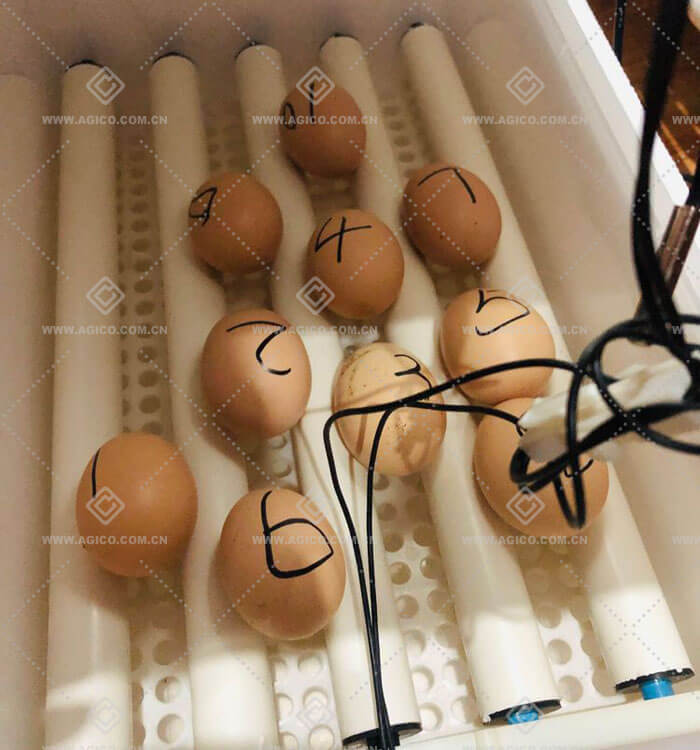
Given the larger size and thicker shell of duck eggs, special attention must be paid to the frequency and method of turning the eggs during incubation. It is recommended to turn the duck eggs at least four times a day.
For optimal results, a duck egg incubator specifically designed for duck eggs is recommended. Such incubators come with pre-set parameters tailored to the specific needs of duck egg incubation, allowing customers to use them directly without needing to adjust any settings.
| Scale | Capacity(Pcs per set) | Electric heating power(W) |
|---|---|---|
| Small scale | 63-1323 | 700-1000 |
| Medium scale | 1512-6048 | 1600-3200 |
| Large scale | 7056-10128 | 3200-6400 |
Customized Electric Incubator for Hatching Goose Eggs
The incubation process for goose eggs is more challenging than that for other poultry eggs, mainly due to the larger size and thicker shell of goose eggs. This requires more precise temperature control, humidity management, and egg-turning procedures. Ensuring the correct incubation conditions is crucial for the healthy hatching of goslings.
Temperature settings
When incubating goose eggs, it's miles encouraged to set the incubator temperature to around 37.2°C (99°F), just like the placing for duck eggs. However, because of the bigger length and thicker shell of goose eggs, it's miles especially critical to emphasize the need of normal cooling. Starting from the tenth day of incubation, it's miles recommended to chill the goose eggs for 10-15 mins daily. This cooling method simulates the herbal situations while a goose leaves the nest to forage, supporting to alteration of the embryo`s temperature and saving it from overheating. After cooling, the goose eggs must be located again inside the incubator to maintain incubation. This exercise facilitates to enhancement of the general hatching fulfillment rate.
Humidity Levels
When it involves humidity, the necessities for incubating goose eggs range barely from the ones of different eggs. During the early ranges of incubation, it's miles encouraged to hold humidity tiers among 50%-55% to make sure the right moisture stability is inside the shell, helping the embryo's healthful development. In the very last days of incubation (called the lockdown period), the humidity must be improved to 70%-75%. This better humidity stage facilitates melting the thick shell of the goose egg, making sure that the gosling can effectively break through, at the same time as additionally stopping the indoors of the shell from turning too dry, which could negatively affect the hatching method.
Egg Turning Frequency
Turning goose eggs is more vital than with different eggs because of their large length and heavier shells. It is usually recommended to show goose eggs at a minimum of 5 instances a day. Given the big length of goose eggs, greater care must be taken while turning them to make sure that the warmth is lightly dispensed within the egg, stopping the embryo from sticking to the internal membrane of the shell.
If you want to buy egg incubator, we recommend using a goose egg incubator specifically designed for the incubation of goose eggs. With precise temperature control and no need for manual adjustments, you can start the hatching process with just a single button.
| Scale | Capacity(Pcs per set) | Electric heating power(W) |
|---|---|---|
| Small scale | 32-672 | 700-1000 |
| Medium scale | 768-3072 | 1600-3200 |
| Large scale | 3584-8192 | 3200-6400 |

